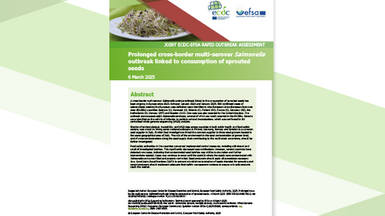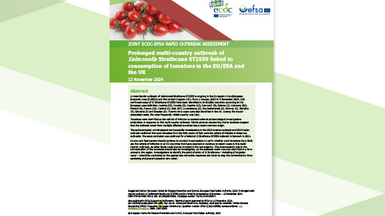Rapid risk assessment: Oseltamivir-resistant influenza A(H1N1)2009 cluster in Australia
Australia has reported a cluster of oseltamivir-resistant influenza A(H1N1)2009 cases in the state of New South Wales. The cases had no known link to oseltamivir exposure and individuals were not immunosuppressed, but they were closely linked geographically. Samples from the cluster do not currently exhibit any resistance to zanamivir.
Although the cluster has remained localised, it cannot be assumed that the variant virus will not spread. At present, the risk of this cluster becoming more widespread and having public health implications remains low.
However, if spread does occur, implications for the treatment of influenza patients will need to be considered. Regardless of the outcome, constant antiviral resistance monitoring is vital in Europe and globally.
Since the A(H1N1)2009 virus antigen is included in the recommended seasonal flu vaccine for the coming season this potential for emergence of oseltamivir resistance is yet another reason why EU citizens, for whom vaccination is recommended by Member States, should accept the offer.
Executive Summary
ECDC concludes that at present, the risk of this cluster becoming more widespread and having public health implications remains low. However, if spread does occur, there will be implications for the prophylaxis and treatment of influenza patients and the consequences for public health in Europe will need to be considered.
Regardless of the outcome, constant antiviral resistance monitoring is vital in Europe and globally. Only ongoing surveillance will indicate whether this occurrence remains a localised event or whether it has the potential to become widespread.
Oseltamivir and zanamivir are active ingredients in antiviral drugs (Tamilfu, Relenza). Vaccination, supplemented by personal hygiene measures, remains the primary measure for prevention of seasonal influenza transmission. However, antiviral drugs are important countermeasures for prophylaxis and treatment, especially in vulnerable people and those with severe influenza.







